THE CONJURING. A horror movie of extraordinary quality
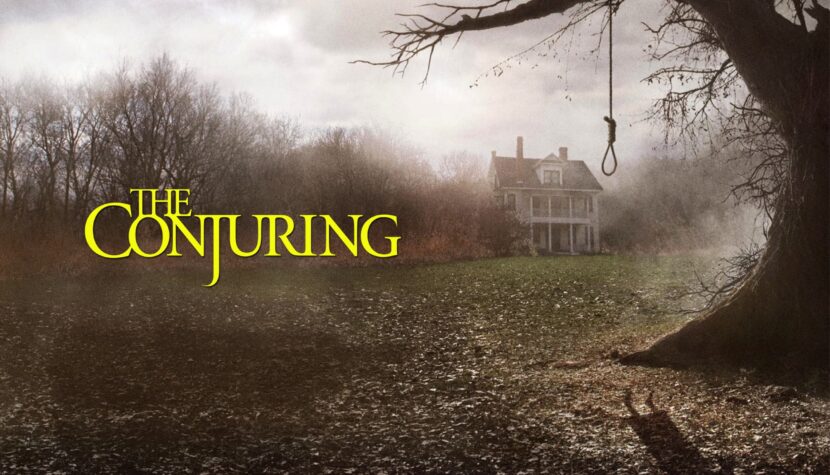
I love the way he plays with his favorite convention while paying homage to it. He first caught attention in 2005 with the spectacular success of Saw, which, with a budget of one and a half million dollars, managed to earn over 55 million dollars, giving birth to one of the most recognizable horror series of the last decade.
In 2007, James Wan intrigued with the imaginative Dead Silence, and three years later significantly shook the audience with Insidious, which instantly became a hit. Then Wan subtly sneaked in The Conjuring, once again proving that he knows perfectly well how to operate with horror.
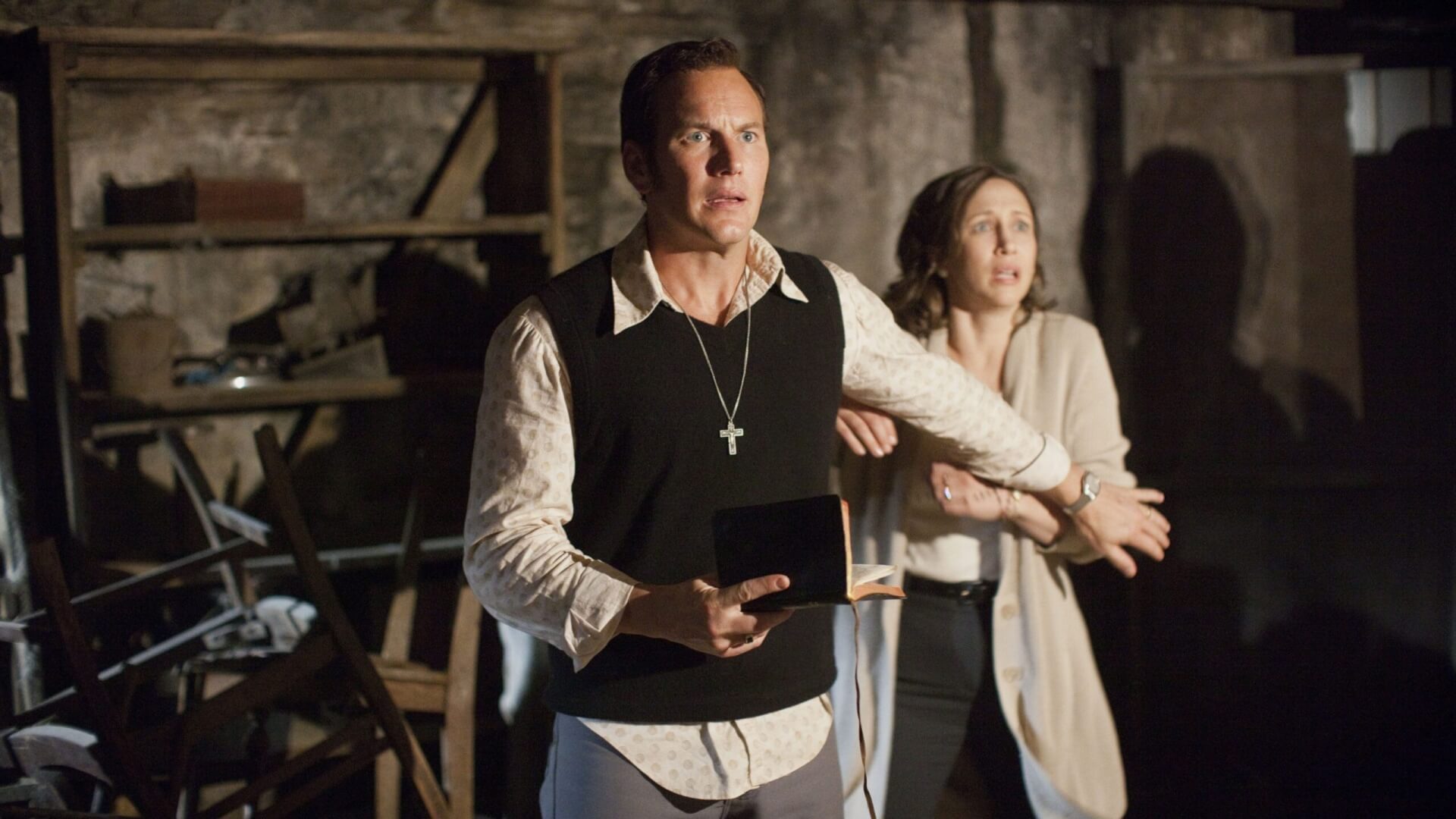
The main theme of Wan’s The Conjuring is well-known to all horror fans and even familiar to some. Once again, we have the pleasure of entering a haunted house. The action of the film takes place in the 1970s. We meet a sympathetic family moving into their newly purchased home. The idyll is quickly disrupted by the presence of a paranormal force, which over time will fill the family with increasing fear. The further development of events is something every moderately intelligent lover of celluloid experiences can predict on their own. However, it must be added that an important role in purifying the atmosphere of the possessed house from the dormant evil will be played by the couple of demonologists who come to the family’s aid. This couple is the 19th-century duo Ed and Lorraine Warren (Patrick Wilson and Vera Farmiga), famous American researchers of paranormal phenomena. Many horror stories have been based on their work (including the Amityville series). The Conjuring is therefore another horror film based on true events.
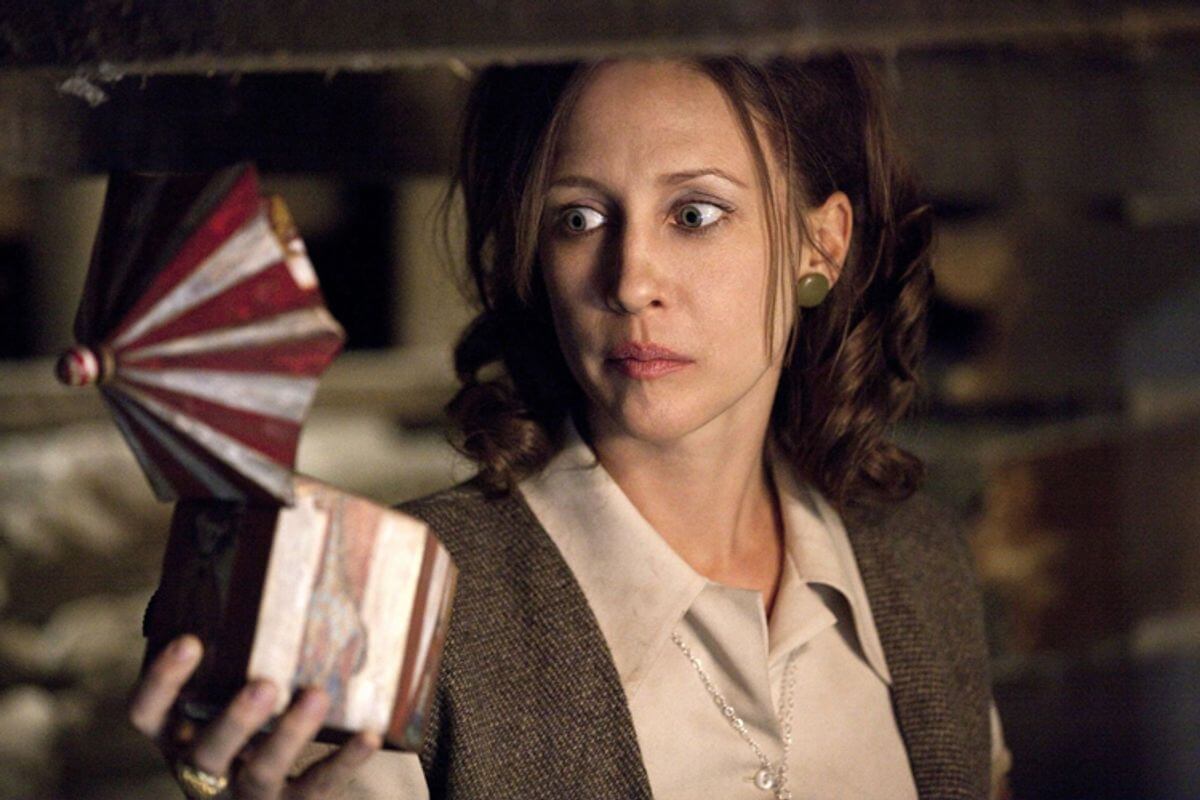
The strength of Wan’s The Conjuring (as well as his previous ones) lies in the skillful selection of elements that are meant to evoke fear and equally skillful execution of them. While the plot doesn’t offer anything new, there is something extraordinary about it. What exactly? The technical aspects deserve the main recognition. In the cinematography, one can sense the old-school craftsmanship, which, through slow camera zooms and spectacular transitions, adds something peculiar to the mounting tension. The Conjuring, much like Insidious, is also, or perhaps primarily, a true concert of sound effects, with a very intense and penetrating sound that makes even the most banal scene contain signs of something unsettling and attention-grabbing. These are no longer the mindless tones that annoy us in every other horror movie whenever a door closes behind the protagonist. This is something completely different, much more thoughtful.
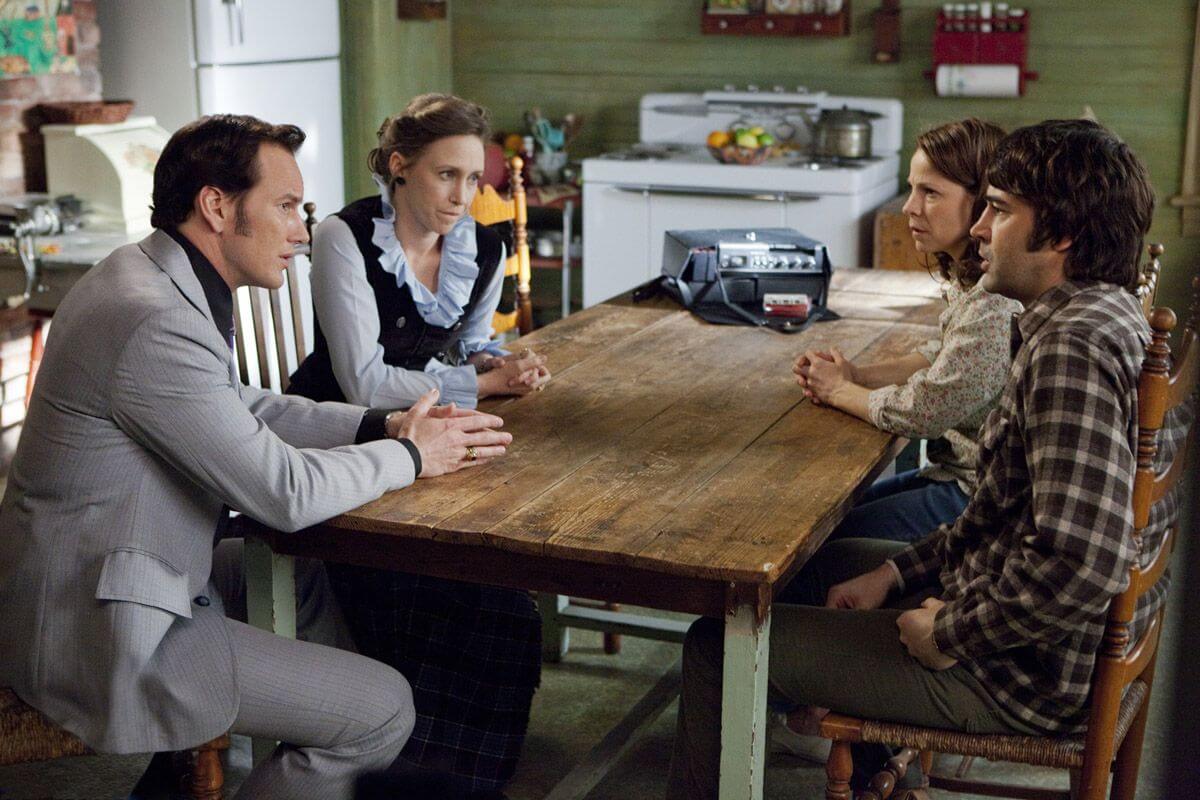
Also significant is the way the director plays with the audience’s expectations. The characters look into mirrors and open closets, but the demonic apparition seems to have no desire to show itself when it seems most appropriate. This shows how saturated we are with the genre’s standard tricks and how much our threshold of expectations has decreased in relation to scare tactics. Conversely, after a fairly restrained prologue, I had the impression that nothing would surprise me in the rest of the movie. However, it turned out that I was deliberately put to sleep because it was only an emotional warm-up before the finale. So when I realized the rules governing the film’s narrative, I appreciated how meticulously and sparingly the tension is dosed out.
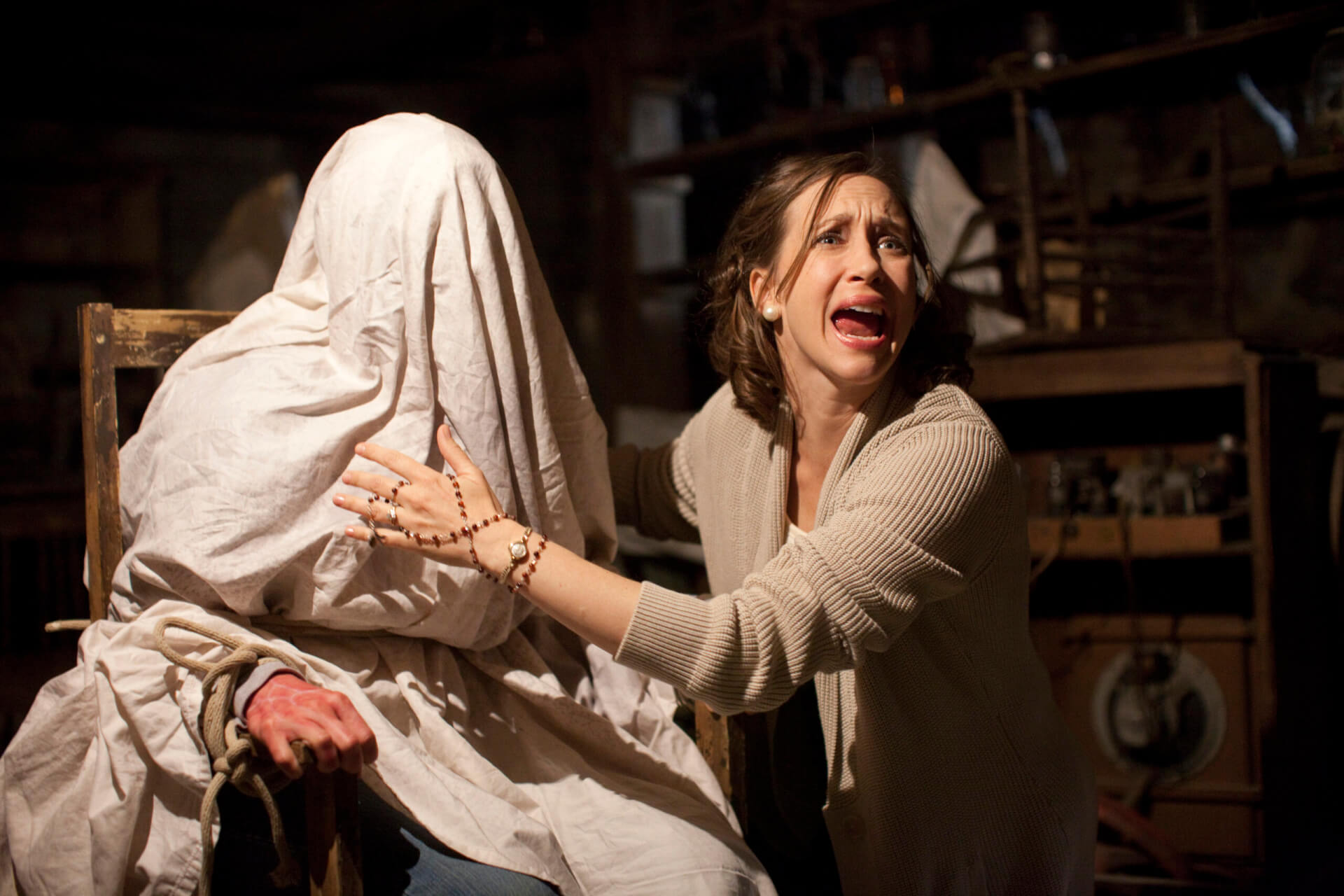
The reverence with which James Wan processes genre conventions deserves recognition. Through each subsequent film of this talented director, creative passion speaks, most likely shaped by careful observation of genre changes. This is no different this time, as seen in many references to classics (The Exorcist, The Birds). Wan doesn’t try to be original for the sake of it. He’s only interested in reformulating well-known and proven ideas. He invites a new demon of unprecedented proportions into the old house we’ve visited many times before, filled with the ruling evil. The exorcisms that take place no longer require a Catholic priest, but they are still full of faith. Faith in the healing power of good.

